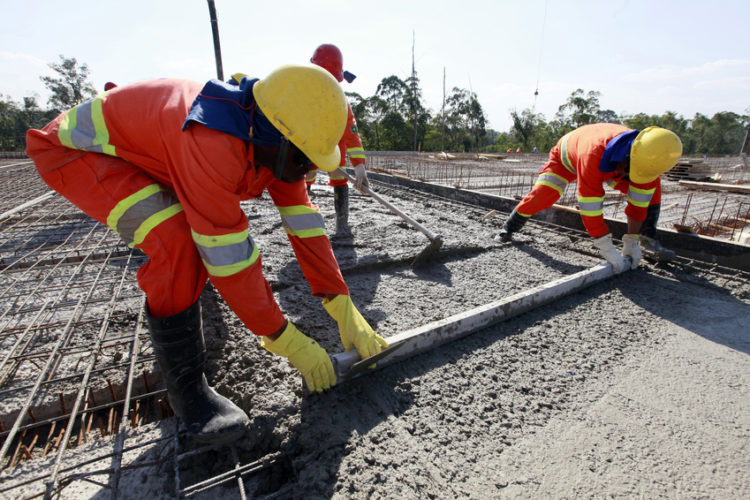Concrete is the most used man-made material in the world.
Made from a combination of water, cement and aggregate, concrete constructs roadways, buildings, pipes, and underground drains.
Not only is concrete sturdy, but it also helps to reduce energy usage and improve indoor air quality.
Unfortunately despite its benefits, there are some serious risks when it comes to working with concrete. However, those risks can be significantly reduced with proper training.
If you’re a project manager, concrete contractor, or concrete company, the safety and wellbeing of your workers is no doubt important. Therefore concrete safety practices should take priority before you begin working with the material.
Whether your team is made up of ten or one hundred construction workers, here are a few easy ways to make teaching concrete safety less of a hassle.
Emphasize the Risks
No matter how you decide to teach your employees about concrete safety, it’s important to stress the risks involved before anything else. This will grab their attention and keep them intrigued throughout the entire presentation. Emphasize that neglecting certain safety practices can lead to severe harm to not just themselves, but their co-workers.
Mishandling concrete materials can lead to:
-
- Severe chemical burns
-
- Breathing issues
-
- Trips, slips, and falls
Modes of teaching concrete safety
By emphasizing the severe risks associated with concrete, you’re on the right track. Next, it’s time to discuss the basics of concrete safety. But let’s say you want to present this in an easily digestible way that won’t bore your team. Here are a few ways concrete companies can demonstrate proper concrete safety in a captivating manner.
Videos
A series of videos on the topic can be an easy, quick, and thorough way to present the information. If you’re unsure of how to get ahold of an informative safety video, search YouTube. Screen it for your workers or send it via email or text message. You want it to be long enough that it covers a wide variety of topics—but not too long that no one has time out of their day to actually watch it.
Mass emails
Sending out a company-wide email is another way to inform your entire team of the practices you hope to instill in the workplace.
Blog posts
For those managers who are a little more tech savvy, a series of blog posts is a good way to throw some visuals and text together to create an informative body of information.
Send out the link, so your employees can access the information whenever they need it.
In person workshops
In some cases, holding an in-person workshop may be a more engaging way of teaching so much information at once. Remember, it can be a lot of information to go over. You must discuss how to protect the eyes, skin, head, and back. There are also different protocols for handling various situations. For example, how dry concrete can affect your workers versus wet concrete.
Powerpoints
A powerpoint is a great way to combine an in-person presentation, with engaging visuals. You can organize the information, making it a lot easier to remember.
Separate the presentation into categories such as:
-
- The consequences
-
- Protective gear: gloves, masks, goggles, and appropriate clothing
-
- What not to do around concrete: both wet and dry
-
- Handling the machinery
-
- What to do in case of an emergency
Concrete safety is no joke. By being thorough in the teaching process, you are securing the safety of your workers and the integrity of your company. It doesn’t have to be a dull process. Teaching safety practices can be informative and light—but remember, it is always necessary.



